1 Inch PVC Socket: Detailed Overview
Table of Contents
- Introduction
- Specifications and Features
- Dimensions
- Material Composition
- Durability and Strength
- Applications and Uses
- Plumbing Systems
- Irrigation Systems
- HVAC and Ventilation Systems
- Installation and Maintenance
- Installation Procedure
- Maintenance and Care
- Advantages of PVC Socket Fittings
- Cost Efficiency
- Corrosion Resistance
- Lightweight and Easy Handling
- Comparison with Other Materials
- PVC vs. Metal Fittings
- PVC vs. CPVC
- Safety and Compliance
- Safety Guidelines
- Regulatory Compliance
- Conclusion
1. Introduction
The 1-Inch PVC Socket is a crucial component in various piping systems, designed to connect two pieces of PVC pipe with a secure and leak-proof joint. This fitting is widely utilized in plumbing, irrigation, and HVAC systems due to its reliability and ease of use. Constructed from high-quality PVC (Polyvinyl Chloride), the 1-inch socket provides a simple yet effective solution for creating robust connections in pipe systems.
2. Specifications and Features
Dimensions
The 1-Inch PVC Socket features a 1-inch internal diameter, designed to snugly fit over the outside diameter of a 1-inch PVC pipe. This fitting typically has a socket depth of approximately 1.5 inches, ensuring a secure and tight connection. The dimensions are standardized to match industry norms, allowing compatibility with other 1-inch PVC components.
Material Composition
Made from PVC, the 1-Inch Socket is constructed from a durable and rigid thermoplastic. PVC is known for its excellent resistance to corrosion, chemicals, and environmental conditions, making it suitable for a wide range of applications. The smooth interior surface of the socket promotes efficient fluid flow and minimizes friction loss.
Durability and Strength
PVC is inherently resistant to various environmental factors, including moisture, chemicals, and UV radiation. The 1-Inch PVC Socket is designed to handle moderate to high-pressure conditions without deformation or failure. Its durability ensures long-term performance and minimal maintenance, even in demanding applications.
3. Applications and Uses
Plumbing Systems
In residential and commercial plumbing systems, the 1-Inch PVC Socket is used to connect two pieces of PVC pipe, facilitating the routing of water or other fluids. It is commonly employed in water supply lines, drainage systems, and waste management applications. The fitting ensures a secure and watertight connection, preventing leaks and enhancing system efficiency.
Irrigation Systems
For irrigation systems, the 1-Inch PVC Socket plays a vital role in connecting various segments of irrigation piping. Whether used in drip irrigation, sprinkler systems, or agricultural applications, this fitting provides a reliable connection that can withstand exposure to water and chemicals commonly used in these systems.
HVAC and Ventilation Systems
In HVAC and ventilation systems, the 1-Inch PVC Socket is used to connect ductwork and ventilation pipes. Its resistance to corrosion and low thermal conductivity make it suitable for transporting air and gases in heating, cooling, and ventilation applications.
4. Installation and Maintenance
Installation Procedure
Installing a 1-Inch PVC Socket involves a few straightforward steps:
- Preparation: Ensure the ends of the PVC pipes are clean and free from debris.
- Cutting: Use a PVC pipe cutter to achieve a clean, straight cut on the pipe ends.
- Priming and Cementing: Apply PVC primer to the outer surface of the pipe and the inner surface of the socket. Follow with PVC cement, and then insert the pipe into the socket, twisting slightly to ensure an even distribution of the cement.
- Curing: Allow the connection to cure according to the manufacturer’s instructions before subjecting it to pressure or flow.
Maintenance and Care
PVC sockets require minimal maintenance. Regular inspections should be conducted to check for any signs of wear, such as cracks or leaks. If any damage is detected, the affected section should be replaced promptly to maintain system integrity. Additionally, avoid exposing PVC fittings to extreme temperatures or chemicals that could compromise their performance.
5. Advantages of PVC Socket Fittings
Cost Efficiency
PVC sockets are generally more cost-effective compared to metal or composite alternatives. Their affordability makes them a popular choice for both residential and commercial projects, providing reliable performance at a lower cost.
Corrosion Resistance
One of the primary benefits of PVC is its resistance to corrosion and rust. Unlike metal fittings, PVC sockets will not degrade when exposed to water, chemicals, or environmental conditions, ensuring a longer lifespan and consistent performance.
Lightweight and Easy Handling
PVC is much lighter than metal fittings, making it easier to handle and install. This characteristic reduces labor costs and simplifies the installation process, particularly in large-scale projects.
6. Comparison with Other Materials
PVC vs. Metal Fittings
While metal fittings such as brass or copper offer high strength and durability, they are also more susceptible to corrosion and are generally more expensive. PVC fittings, including the 1-Inch Socket, provide a cost-effective and corrosion-resistant alternative with sufficient strength for many applications.
PVC vs. CPVC
Chlorinated Polyvinyl Chloride (CPVC) is similar to PVC but designed for higher temperature applications. For most standard temperature uses, PVC fittings are suitable and more economical. CPVC fittings may be used where higher temperature resistance is required.
7. Safety and Compliance
Safety Guidelines
When working with PVC sockets, it is important to use appropriate safety gear, such as gloves and safety glasses, to protect against sharp edges and chemicals used during installation. Follow the manufacturer’s instructions for safe handling and use.
Regulatory Compliance
The 1-Inch PVC Socket complies with industry standards and regulations, including ASTM (American Society for Testing and Materials) specifications. This compliance ensures that the fitting meets quality and performance criteria for its intended applications.
8. Conclusion
The 1-Inch PVC Socket is a versatile and essential component for connecting PVC pipes in various systems, including plumbing, irrigation, and HVAC. Its durable construction, ease of installation, and cost-effectiveness make it a preferred choice for many applications. Understanding its specifications, advantages, and maintenance requirements ensures optimal performance and longevity, making it a reliable solution for pipe connection needs.





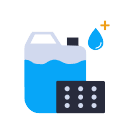
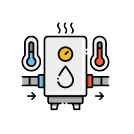





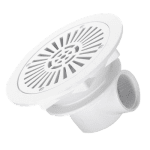





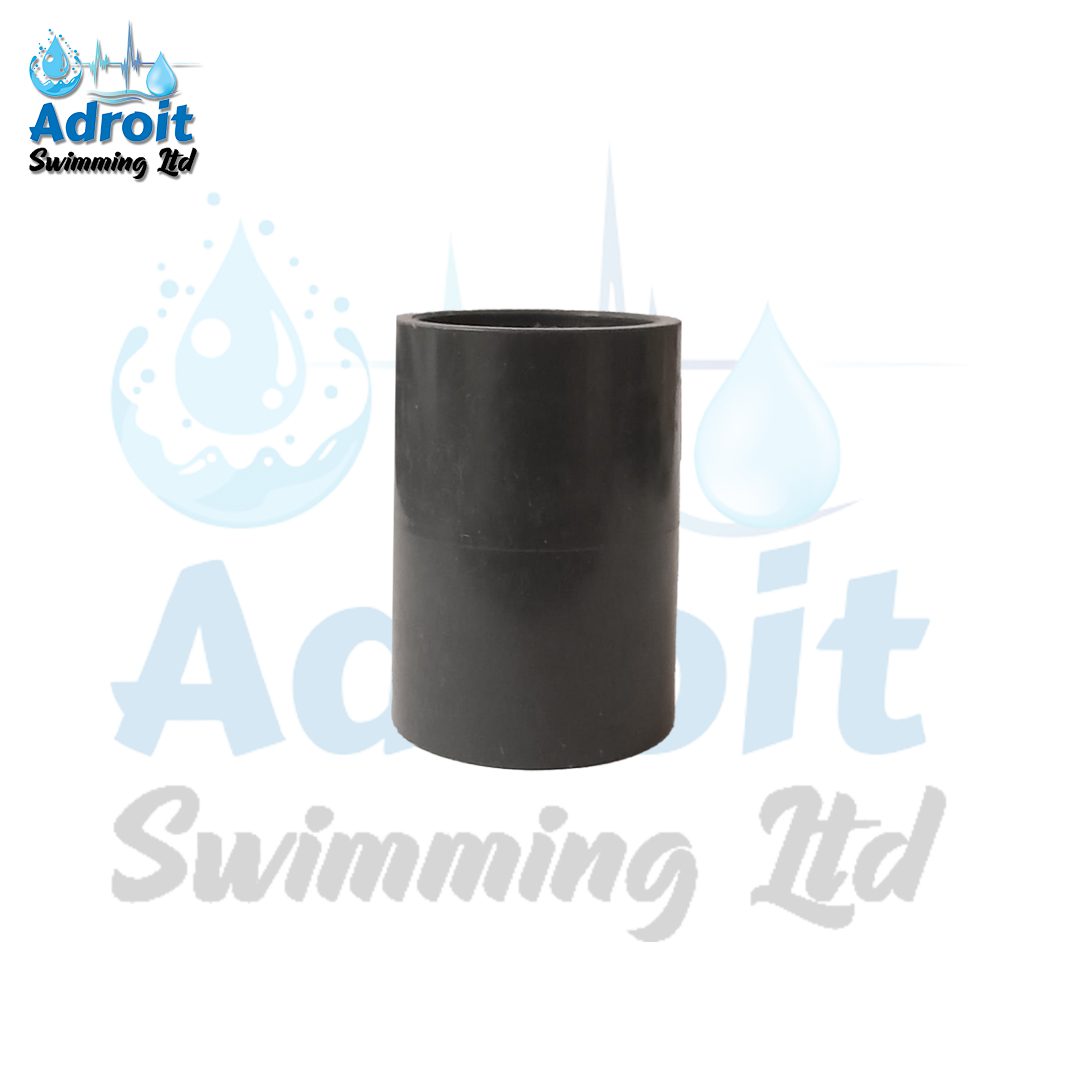
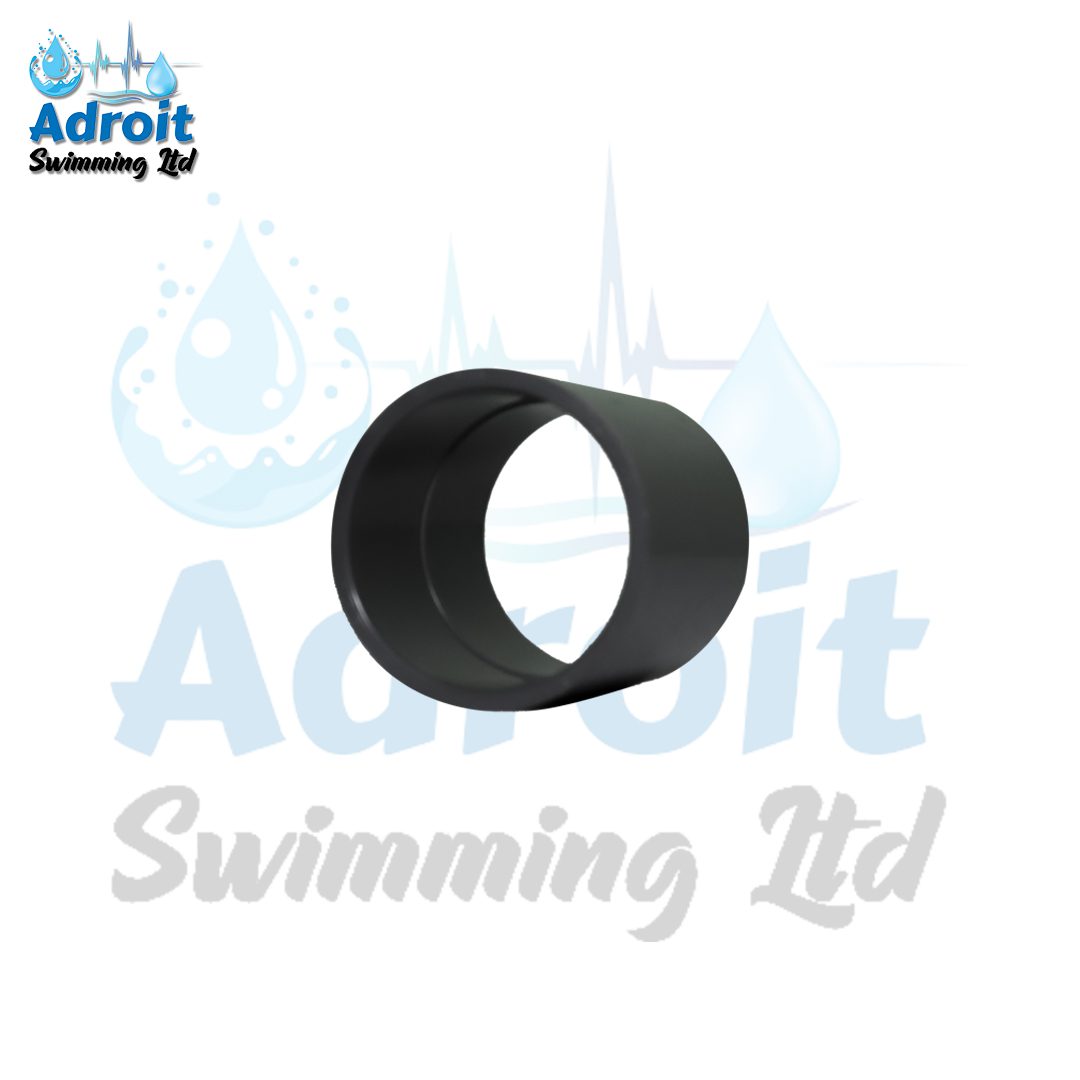

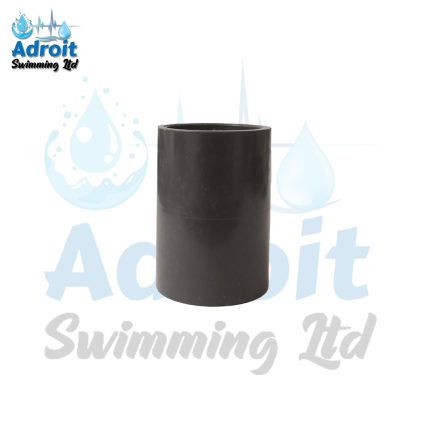

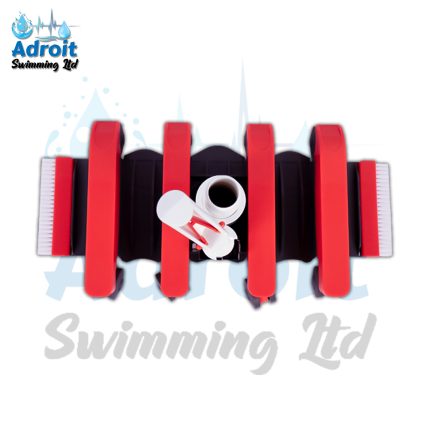
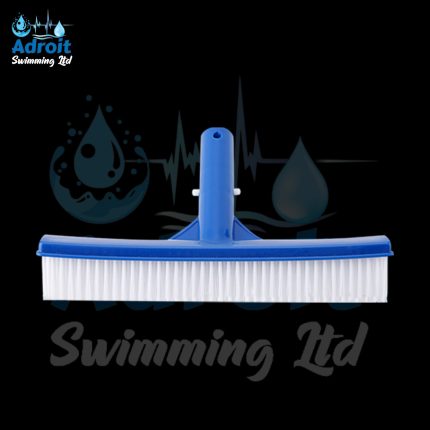
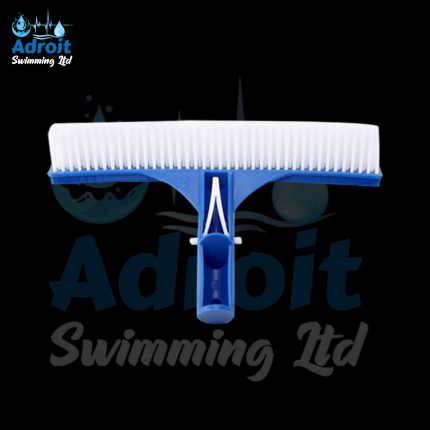
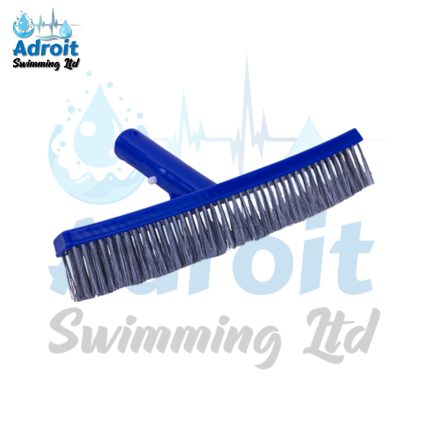

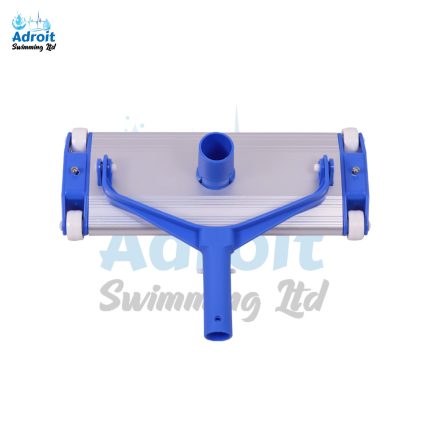
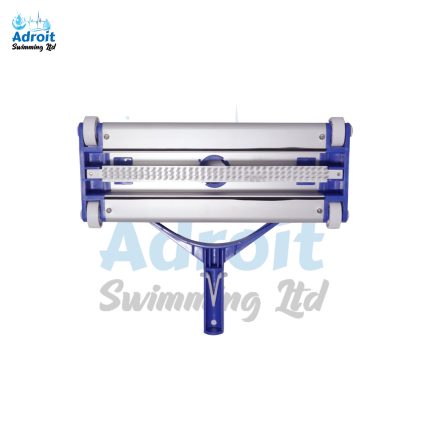

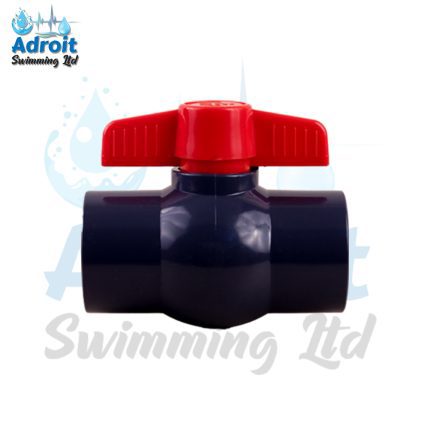
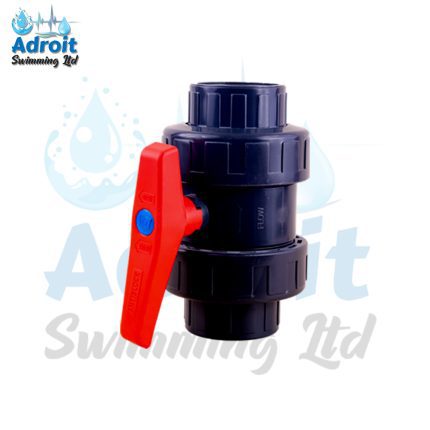
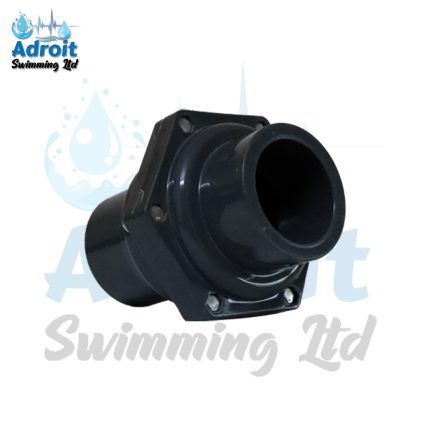

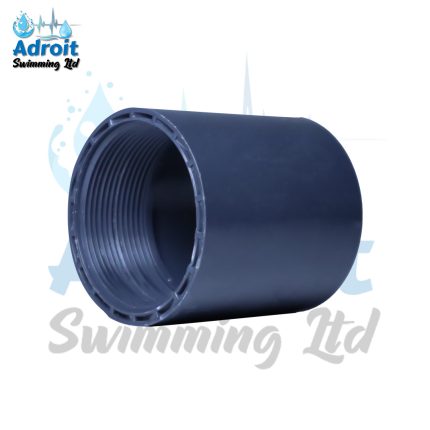
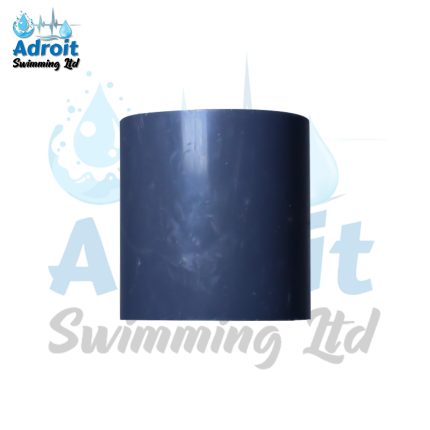
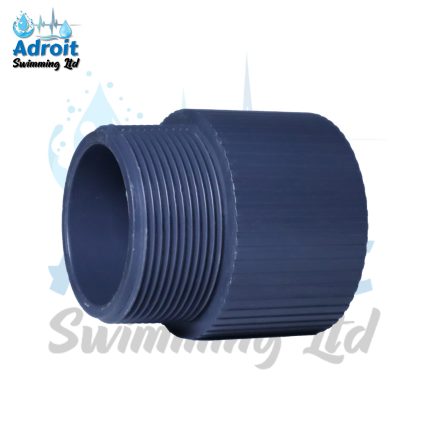
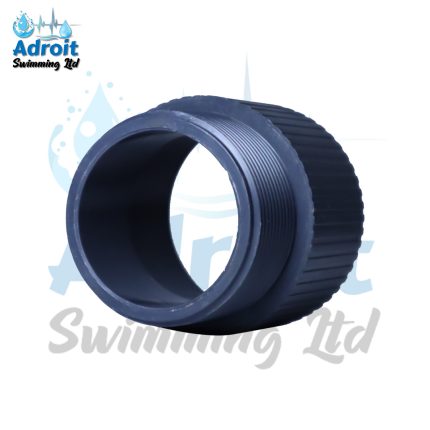
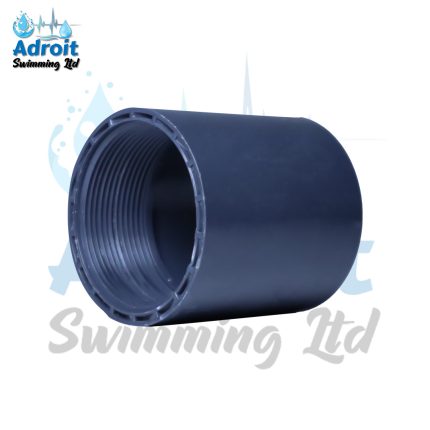


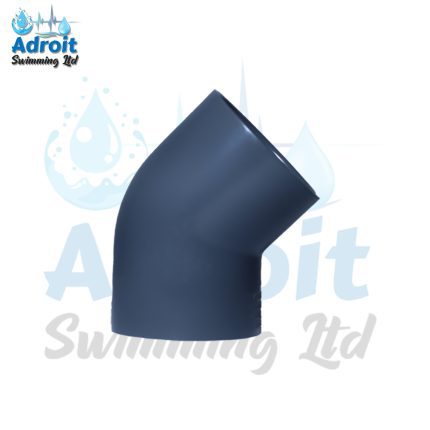
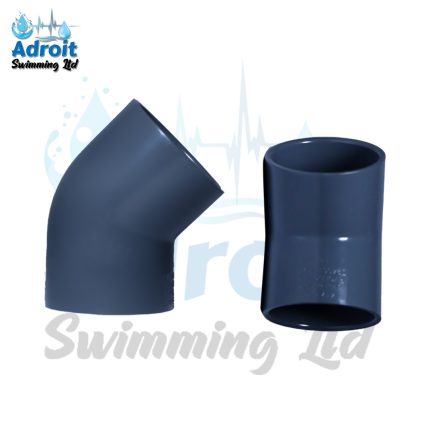
Reviews
There are no reviews yet.